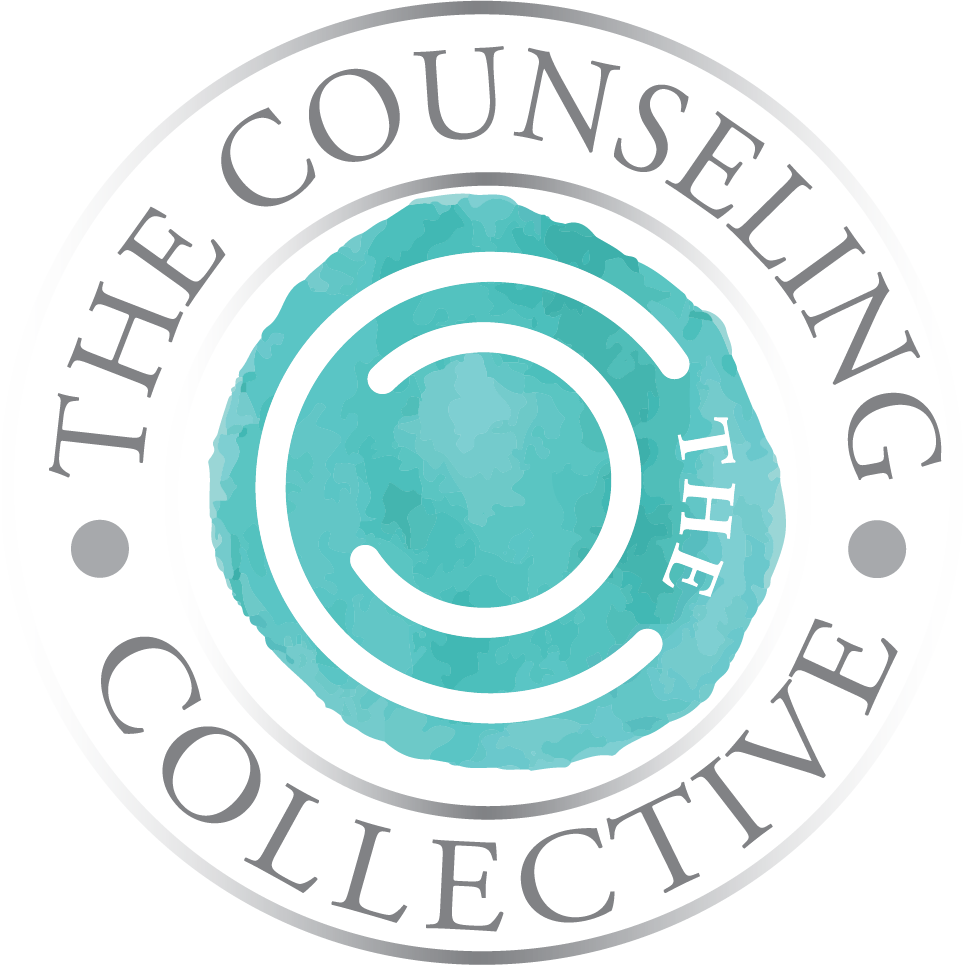Managing Seasonal Affective Disorder
/Happy New Year 2020! The holidays are over, there is more darkness than daylight, and the weather is cold (or at least it typically is during this time of the year!). Do you find that you experience a sense of dread at the end of Summer with the thought of what feels like longggggggg Fall and Winter months? Have you felt a change in your mood as the seasons change? Do you find that your energy is decreased and that you feel moodier from the end of Summer through Spring? If so, you are not alone, and may be like many who experience Seasonal Affective Disorder (SAD). Many experience increased sadness after the holidays are over and during the first few months of the year. In fact, for many, this increased in sadness and decreased energy begins at the end of the Summer, yet we perk up some around the holidays. People may experience SAD differently. Quite ironic how the acronym is SAD when many who experience it express that they feel a sense of sadness and lack of energy.
Read More